Marble is a metamorphic rock that forms when limestone is subjected to the heat and pressure of metamorphism. It is mainly composed of the mineral calcite (CaCO3) and usually contains other minerals, such as clay minerals, micas, quartz, pyrite, iron oxides, and graphite.
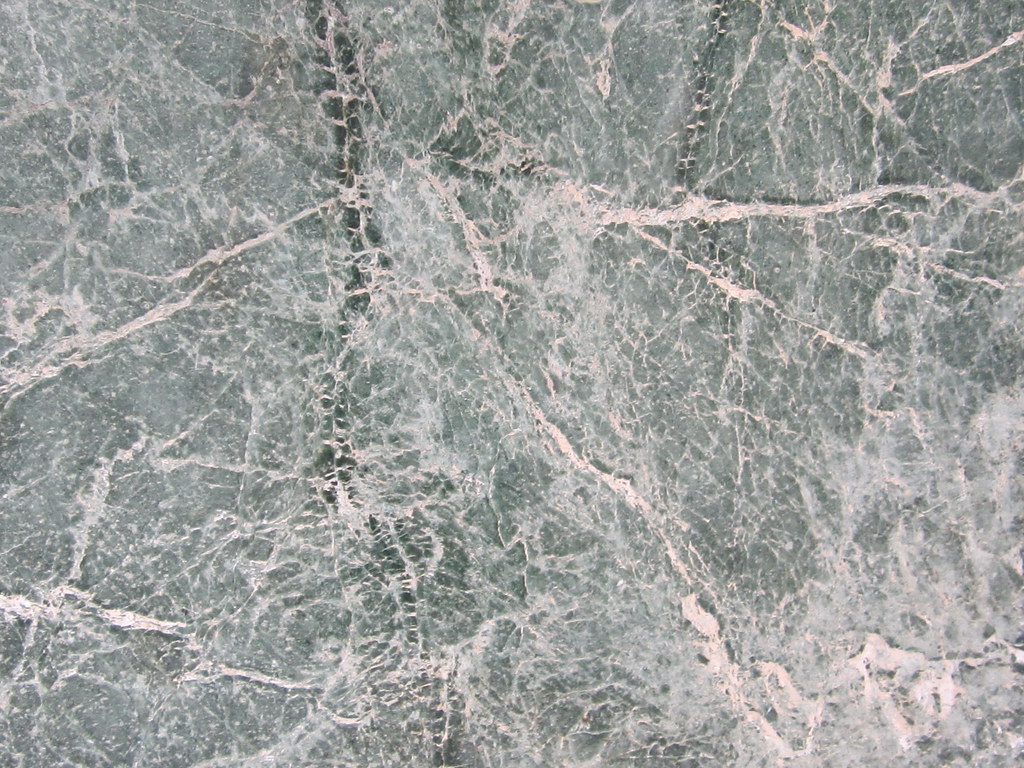
Image source:https://search.creativecommons.org/photos/02c38370-9d0b-41b1-979c-15f2f2ace978 by shaire productions
What is Marble?
When limestone is subjected to the heat and pressure of metamorphism, marble is formed, a metamorphic rock. It is mainly composed of the mineral calcite (CaCO3) and usually contains other minerals, such as clay minerals, micas, quartz, pyrite, iron oxides, and graphite. Under the conditions of metamorphism, the calcite in the limestone recrystallizes to form a rock that is a mass of interlocking calcite crystals. A related rock, dolomite marble, is produced when dolomite is subjected to heat and pressure.
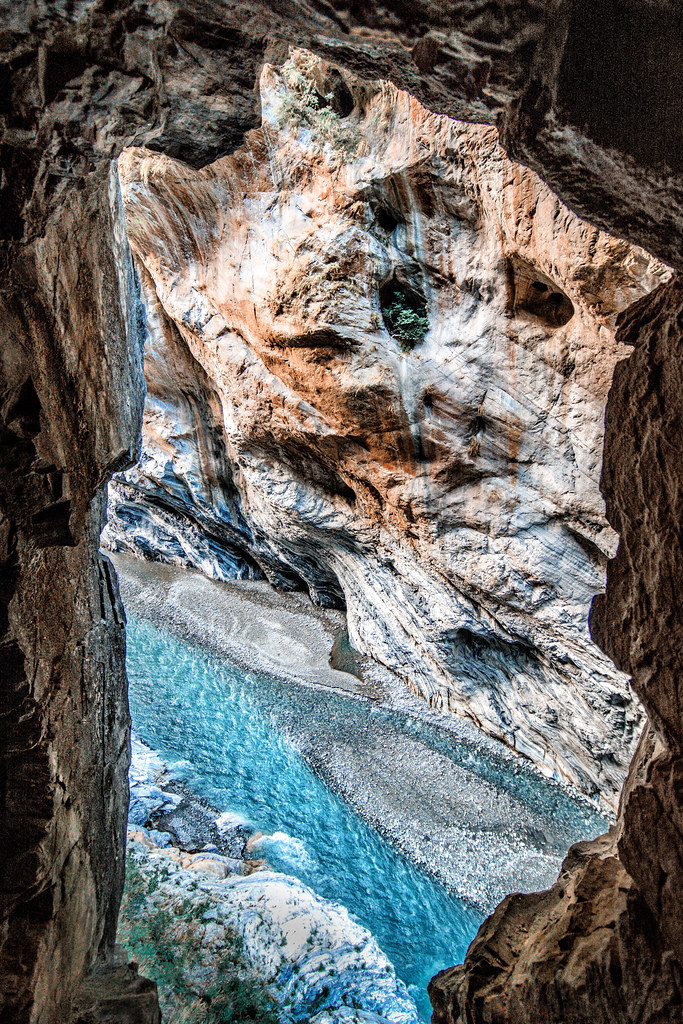
Image source: https://search.creativecommons.org/photos/8f86f34d-c99d-4f94-922c-945c51b4f577 by Pai Shih
How does Marble form?
Marble forms due to the metamorphism of limestone with additional presence (smaller quantities) of iron oxides and graphite. As Metamorphism progresses, the crystals grow larger and become easily recognizable as interlocking crystals of calcite.
The varying colors are resultant of the amount of impurity concentration and the duration of metamorphosis.
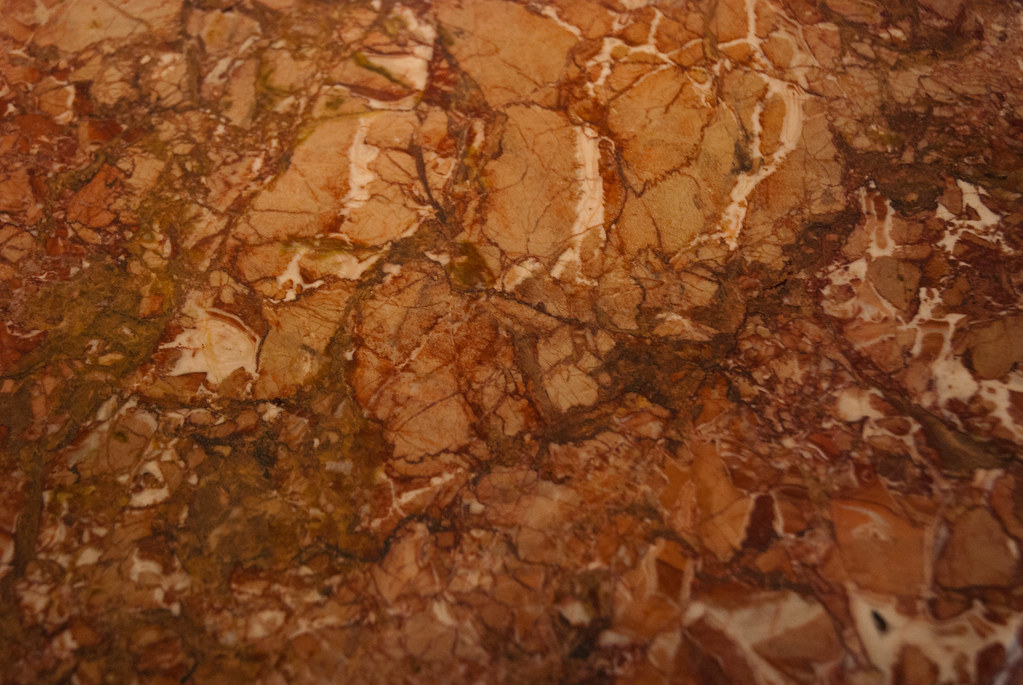
Image source: https://search.creativecommons.org/photos/3fb460fe-4f37-4426-baed-f2f81eda2937 by quinet
Types of Marble
Some historically important types of marble, named after the locations of their quarries, include:
- Carrara (Italy)
- Pentelicus (Greece)
- Proconnesus (Turkey)
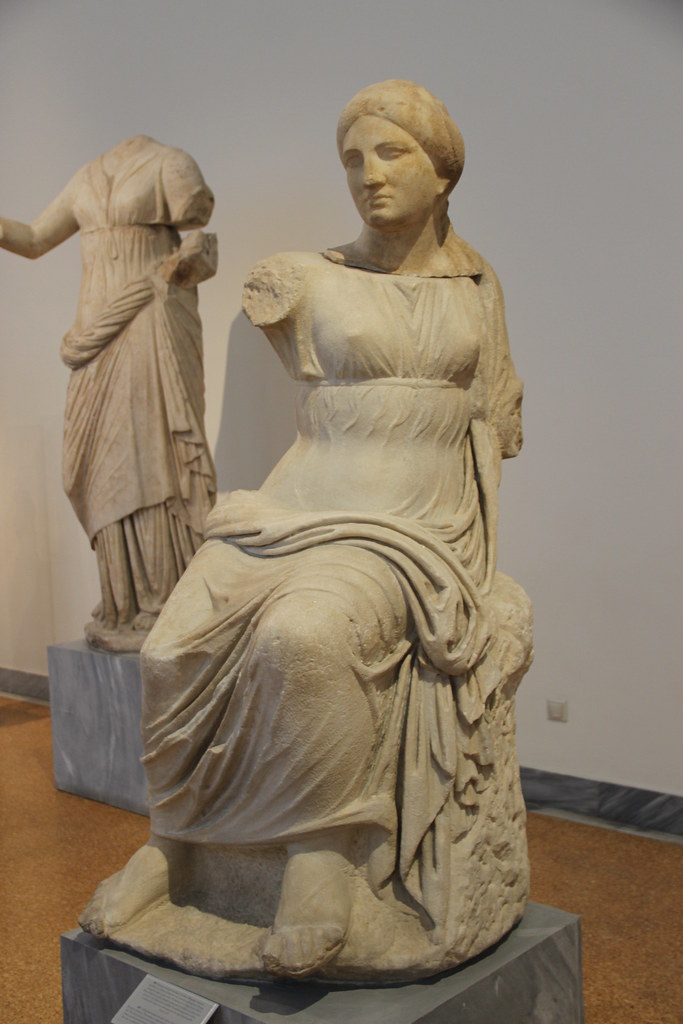
Image source: https://search.creativecommons.org/photos/8c88e606-0138-4d96-9186-2ac71c1f2830 by Gary Lee Todd, Ph.D.
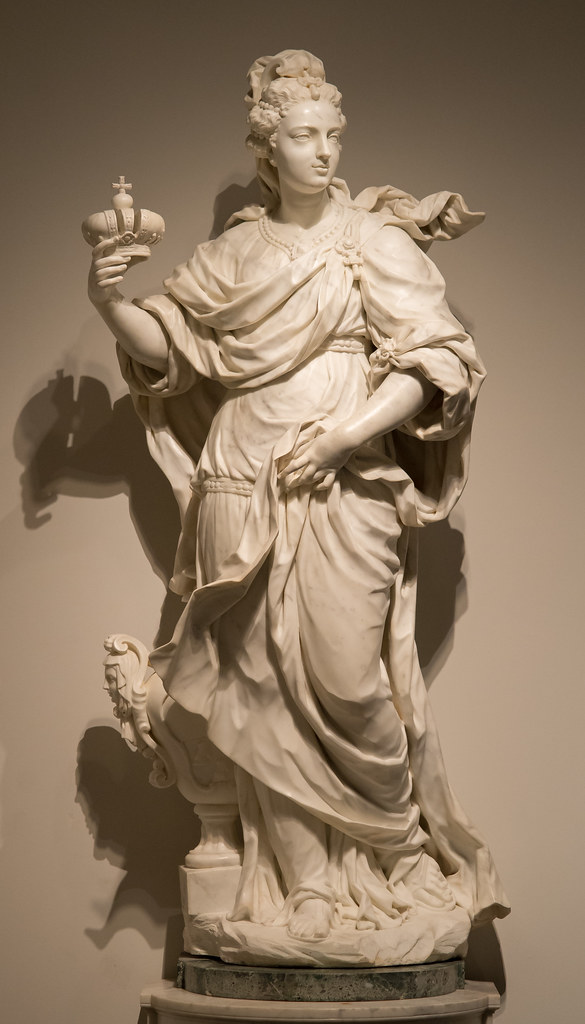
c. 1703-1708
Marble
Image source: https://search.creativecommons.org/photos/675a1476-f63c-4b19-a7de-46a317fea313 by mark6mauno
White marbles, such as Carrara, have been appreciated for sculpture since the classical era. This preference is due to softness and relative isotropy and homogeneity, and relative resistance to crushing. Also, the low refractive index of calcite allows light to penetrate several millimeters into the stone before being dispersed, resulting in the characteristic “waxy” appearance that gives “life” to the marble sculptures of the human body.
Stages of Marble working
Block working can be briefly summed up as a four-stage process:
- Squaring off: Squaring off marble blocks is the first step of vital importance. Using cutting machinery, the rough edges of the block can be removed rapidly and with little waste. Squaring off makes for more ‘uniformly’ shaped slabs. This saves time and money at the marble-working stage for end-users. The blocks are then ready for the next stage: sawing for the production of slabs.
- Sawin: Sawing for the production of slabs is performed using diamond frame saws which enable production to all desired thickness specifications provided by the customer
- Resin finishing: Once the slabs have been cut, they must undergo resin finishing – another very important process. Resin finishing is conducted through automatic lines. This consolidation procedure provides a means of compensating for defects by filling the small ‘flaws’, pitting, or spalling frequently found in such natural materials.
- Finishing: Following resin finishing, automated lines are used for all required slab surface finishing operations: polishing, smoothing, brushing, sanding, bush-hammering, rolling etc.

Image source:https://www.tinostone.com/types-of-marble/
What are Marble main characteristics?
- Color: Marble is usually a light-colored rock. When it is formed from a limestone with very few impurities, it will be white. Marble which is bluish, gray, pink, yellow, or black in colors, contains impurities such as clay minerals, iron oxides, or bituminous material.
- Acid Reaction: Being composed of calcium carbonate, marble will react in contact with many acids, neutralizing the acid. It is one of the most effective acid neutralization materials. Marble is often crushed and used for acid neutralization in streams, lakes, and soils.
- Hardness: Being composed of calcite, marble has a hardness of three on the Mohs hardness scale. As a result, marble is easy to carve, and that makes it useful for producing sculptures and ornamental objects. The translucency of marble makes it attractive for many types of sculptures.
- Ability to Accept a Polish: After being sanded with progressively finer abrasives, marble can be polished to a high luster. This allows to cut, polished, and used pieces of marble such as floor tiles, architectural panels, facing stone, window sills, stair treads, columns, and many other decorative stone pieces.
How was Marble used throughout history?
No one knows when the game of marbles first began, or when the first marble was made. It is probably fair to say that in one form or another they have been around almost as long as mankind. Archaeologists have found game boards and playing pieces in the earliest excavated graves in Egypt and the Middle East and most other parts of the world.

image source: https://search.creativecommons.org/photos/6d1ce1a5-08c4-4e70-88af-86027854e344 by krossbow
In Australia, small white marbles and round pebbles have been found in caves inhabited by our Palaeolithic ancestors. Not being made of local stone they have been imported. One can only speculate on their use, but they must have been of some value to their owners to be kept and taken with them. In the tomb of a child in Egypt, dated around 4000 BC stone spheres and pillars were found to form an arch.
Where can we find Marble today?
Marble has many decorative and structural uses. It is used for outdoor sculpture as well as for sculpture bases; in architecture, it is used in exterior walls and veneers, flooring, decorative features, stairways, and walkways. The way in which the stone is used may be a factor in limiting or controlling the severity of the exposure. The use or function of the marble may also affect the feasibility of applying certain treatments, but the type of use is not the primary factor in the major types of deterioration and damage to which marble is susceptible.

Image source: https://en.wikipedia.org/wiki/Marble#/media/File:Romblon_island_089col.jpg

Image source: https://search.creativecommons.org/photos/ff0a3ae6-734e-4a9d-ac15-cd1023e0ec38 by Jorge Lascar
info source:
https://www.gsa.gov/portal/content/111858
https://www.quora.com/How-is-marble-formed-in-the-earth
http://www.marbleking.co.uk/index.aspx?pageid=898085
http://geology.com/rocks/marble.shtml
http://www.graniteland.com/infos/home/marble
http://geology.com/rocks/marble.shtml
